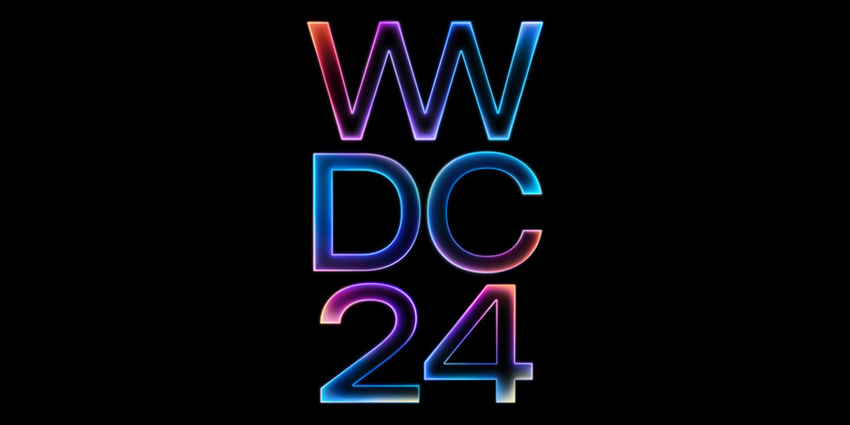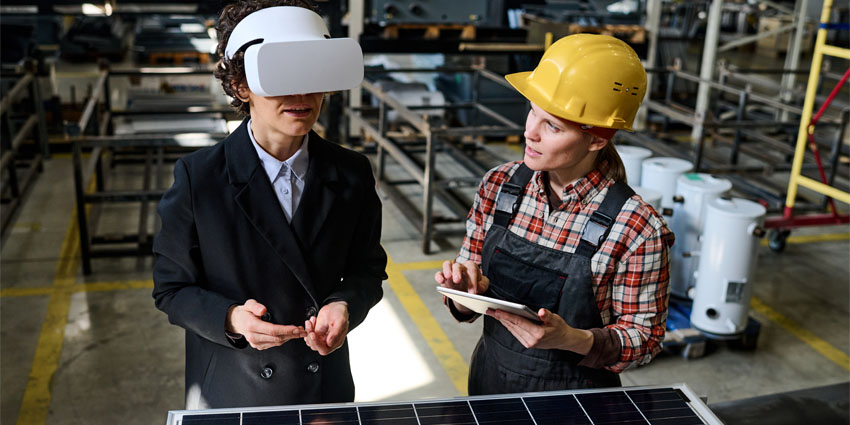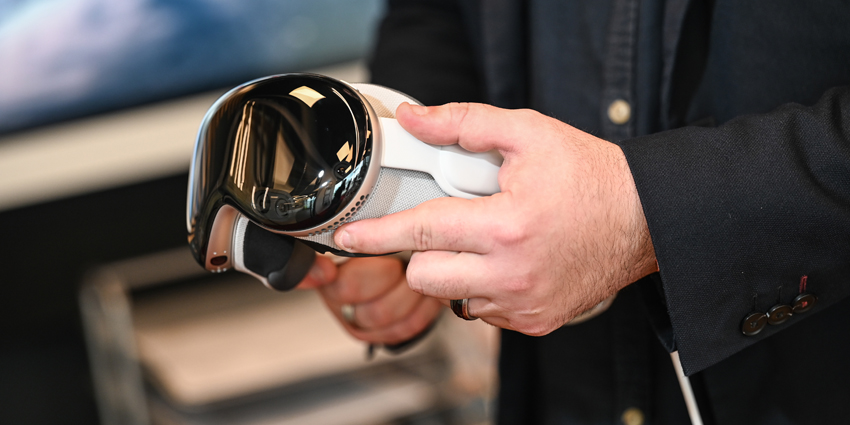Vodafone is bringing its computing connectivity capabilities to the Snapdragon-powered HyperRealityHub that it says “shifts the paradigm” from heavier XR headsets to more lightweight and affordable AR glasses.
- Over 2,000 Meta Quest Headsets Deployed in Kentucky Schools
- North Dakota Schools Awarded Over 300 HTC VIVE VR Headsets
- Microsoft Mesh for Teams is now Available on Meta Quest Headsets
The HyperRealityHub offers a split compute solution with external camera support to keep track of the location and movement of multiple users, thereby lowering the computing requirements, the weight, and even the energy consumption of XR devices.
It uses advanced architecture to enable computing requirements to be shared between the glasses, the hub, and the cloud. The solution also includes high edge AI capabilities and Vodafone apps within the Snapdragon Spaces XR Developer Platform.
Juho Sarvikas, President of North America at Qualcomm, which is the company behind Snapdragon, showed his support for the HyperRealityHub via LinkedIn:
“Love the innovative thinking here… Vodafone and #Snapdragon are working on a split compute solution enabling next generation #XR glasses and home entertainment experiences.
“A high-compute home hub will do the heavy lifting for the XR experience while powering an immersive home entertainment experience with computer vision use cases.
“Industry-leading connectivity with Wi-Fi 7 enables an immersive experience for multiple users, with the #5G backhaul option of course part of the mix. What a great idea for ISPs to expand in home.”
The UK telecommunications company, Vodafone, has also shared its plans to create a HyperRealityHub+ variant that could connect multiple users so they are able to interact within a shared immersive experience using Wifi 7 and 5G.
It believes this will improve interpersonal and technological interactions across verticals such as hospitality, wellness and fitness, telehealth, remote-support, education, entertainment, and creative collaboration.
Offloading tasks from AR glasses to the HyperRealityHub will allow users to leverage high-performance remote rendering without needing to sacrifice on their overall experience.
Those attending the Mobile World Congress at the end of this month will be able to try out the HyperRealityHub using AR glasses utilising Snapdragon’s AR2 Gen 1 Platform.
Users will be guided through wellness exercises by a virtual agent called VEDA, who they are encouraged to engage with, as it leads them through a telehealth digital-twin showcase named YuMii.
Alternatively, visitors can choose to interact with VEDA as a hologram-like projection without needing to wear the AR glasses.
Vodafone will be displaying other devices alongside the HyperRealityHub that have also been created using advancements in XR technology.
Last year, Vodafone and Qualcomm formed a partnership at the MWC. At the time, Ulrich Irnich, Chief Information Officer and IT Director at Vodafone Germany explained that Snapdragon Spaces had enabled his company to “make quick strides to deliver real-world, headworn XR solutions” to customers.
He added:
“Our GigaAR Stage is a prime example, and we will continue to push the boundaries of XR in collaboration with Qualcomm Technologies.”
Vodafone will also unveil its 5G Network in a Box, originally introduced at MWC23, and new network APIs for third-party developers, aggregators, and corporate customers.






